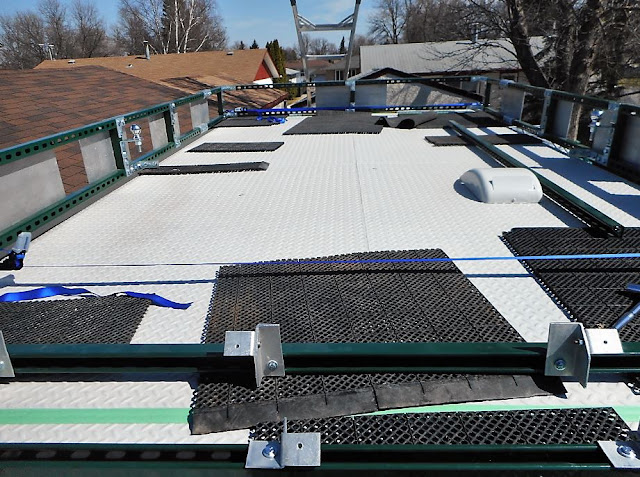 |
| The wood-rimmed 18 inch steering wheel replaces the original 22 inch model and gives more room in the cab. |
 |
| Rear view of the truck at this weekend's campsite. Not the most level of sites; the truck was level but the ground dropped away and made for a high step up into the back. |
 |
| The Mack and the Bigfoot Bike are going to be seeing a lot of each other from now on. |
https://www.youtube.com/watch?v=K7DBWqUUFmk&t=6s
































